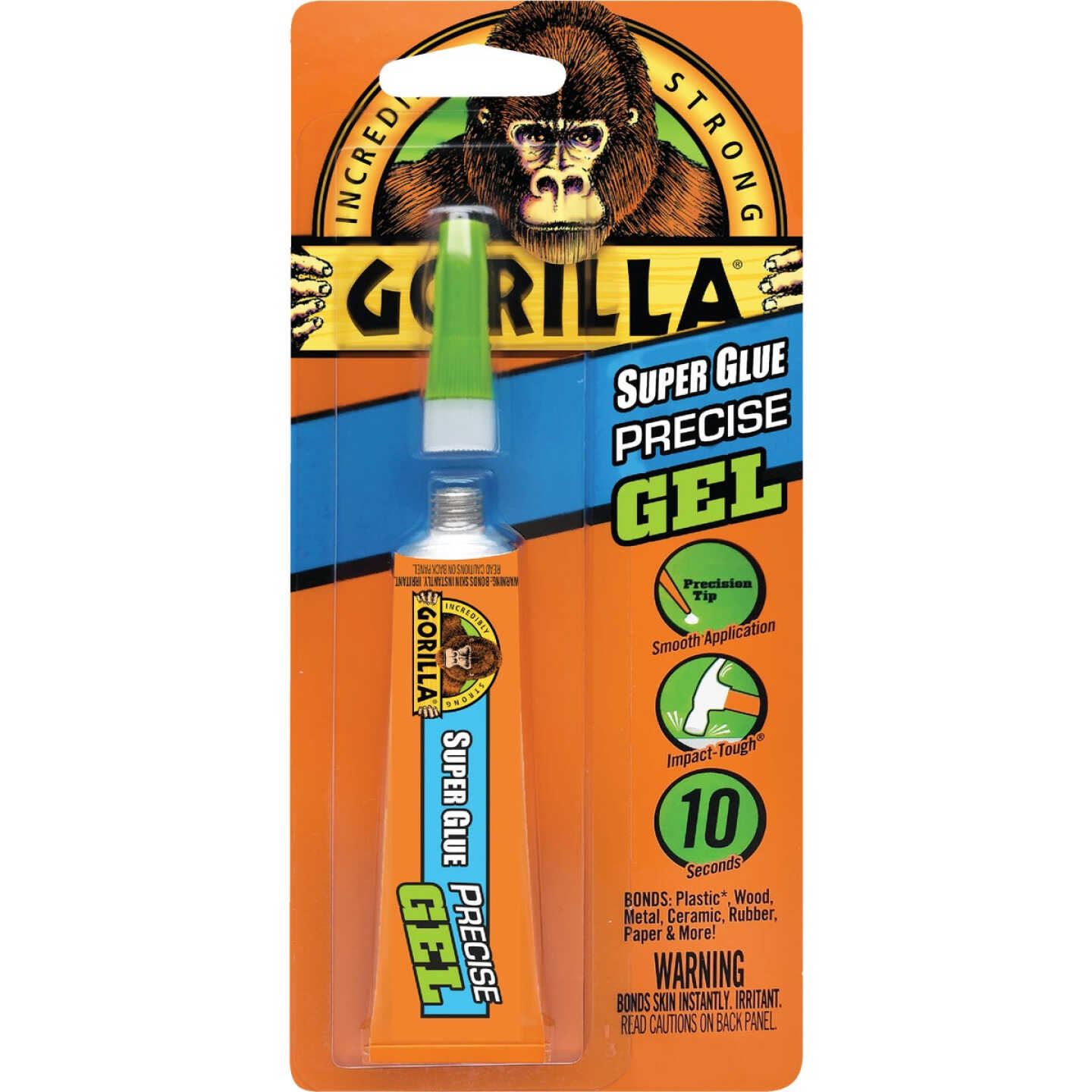To glue vinyl to wood, first clean and sand the surface, apply adhesive evenly to both materials, and firmly press them together. When it comes to bonding vinyl to wood, it is essential to have a proper adhesive and follow the right techniques.
Whether you’re working on a DIY project or need to repair a vinyl and wood combination, proper adhesion is crucial for a long-lasting bond. This guide will provide you with simple steps to glue vinyl to wood effectively.
Following these steps will ensure that your vinyl adheres securely to the wood surface, creating a durable and aesthetically pleasing result.
So, let’s dive into the process of gluing vinyl to wood and achieve perfect adhesion.
Contents
Preparing The Materials
Before you get started on your vinyl to wood glue project, it’s important to properly prepare the materials to ensure a secure and long-lasting bond.
This step is crucial for ensuring that the glue adheres properly to both the vinyl and wood surfaces.
Cleaning The Surfaces
The first step in preparing the materials is to thoroughly clean the surfaces that will be glued together. Any dirt, dust, or debris on the surface can interfere with the bonding process and weaken the adhesive’s effectiveness.
To clean the vinyl, use a mild detergent and warm water solution. Gently wipe the surface with a clean cloth or sponge, removing any dirt or grime. Be sure to rinse thoroughly and allow the vinyl to dry completely before proceeding.
When it comes to cleaning the wood, it is essential to remove any existing finishes or coatings. Sand the surface with fine-grit sandpaper until smooth, wiping away any dust with a damp cloth. This step ensures better adhesion and helps the glue penetrate the wood fibers effectively.
Choosing The Right Glue
Choosing the right glue is key to a successful outcome. Not all glues are suitable for bonding vinyl to wood, so it’s important to select one specifically designed for this purpose. The right adhesive will ensure a strong and durable bond that withstands the test of time.
Typically, a solvent-based adhesive or a 2-part epoxy glue is recommended for gluing vinyl to wood. These types of glues provide excellent adhesion and are resistant to moisture, temperature changes, and common household chemicals.
When selecting a glue, look for one that dries clear to avoid any unsightly residue on the surface. Additionally, ensure that the glue is flexible once cured to accommodate any movement or expansion of the materials.
By properly cleaning the surfaces and selecting the right glue, you’ll be on your way to successfully gluing vinyl to wood. In the next section, we’ll dive into the step-by-step process of applying the glue and securing the bond.

Applying The Glue
Applying The Glue To The Wood
Before bonding vinyl to wood, ensure the wood surface is clean and dry.
Use a small brush or spatula to apply a thin, even layer of vinyl adhesive to the wood.
Spread the glue evenly on the entire surface where the vinyl will be attached.
Applying The Glue To The Vinyl
Clean the back of the vinyl with a mild detergent to remove any dirt or oil.
Apply the vinyl adhesive evenly on the back of the vinyl using a brush or roller.
Ensure the glue extends to the edges for proper adhesion.
Pressing And Securing
When gluing vinyl to wood, the process of pressing and securing plays a crucial role in creating a strong and durable bond.
It involves ensuring that the two materials are firmly and securely attached to each other, prolonging the longevity of the adhesive bond.
Pressing The Surfaces Together
Pressing the surfaces together involves applying even pressure to the entire surface area of the vinyl and wood to ensure a uniform bond. Use a roller or a flat, smooth object to press down on the vinyl, smoothing out any air bubbles and ensuring maximum contact with the wood.
Securing The Bond
Securing the bond involves holding the vinyl and wood in place until the adhesive sets. Use clamps or weights to keep the materials firmly pressed together while the glue cures. This ensures that the bond is strong and prevents any movement that could weaken the adhesive bond.
Ensuring A Strong Bond
Ensuring a strong bond between vinyl and wood is crucial for the success of your project. When gluing vinyl to wood, there are specific techniques you can use to ensure a secure and long-lasting bond. By following these methods, you can be confident that your project will have a professional and durable finish.
Using Clamps Or Weights
When gluing vinyl to wood, applying even pressure across the entire surface is essential to achieve a strong bond. One effective method is to use clamps or weights to hold the vinyl firmly against the wood while the adhesive sets. This ensures that the two materials are in close contact, allowing the adhesive to create a secure bond.
Allowing Sufficient Drying Time
Once the vinyl is glued to the wood, it’s vital to allow sufficient time for the adhesive to dry and create a strong bond. Rushing this process can result in a weak bond that may fail over time.
By following the manufacturer’s recommendations for drying time, you can be confident that the bond between the vinyl and wood is at its strongest.
Trimming And Finishing
In the process of gluing vinyl to wood, the final steps involve Trimming the excess vinyl and applying a Topcoat, which is optional but can add extra protection and a polished finish to your project.
These steps are crucial to achieving a clean and professional-looking result. Below we will delve into the details of these final finishing touches.
Trimming Excess Vinyl
After carefully securing the vinyl to the wood surface, it’s important to trim off any excess material. Use a sharp utility knife or a pair of scissors to carefully cut away the surplus vinyl, ensuring a clean and precise edge.
Take your time to avoid any jagged cuts or imperfections, which can detract from the overall appearance of the finished product.
Applying A Topcoat (optional)
Once the excess vinyl has been trimmed, you may choose to apply a topcoat for added protection. A clear polyurethane topcoat can provide a durable and smooth finish, protecting the vinyl from wear and tear.
Apply the topcoat evenly using a paintbrush, following the manufacturer’s instructions for drying time and additional coats if necessary. This optional step can elevate the final look of your vinyl-to-wood project, making it more resistant to scratches and moisture.
Troubleshooting Tips
To successfully glue vinyl to wood, ensure the surface is clean and dry. Apply adhesive evenly and press the materials firmly together. Allow sufficient time for the glue to cure before handling the bonded pieces. Use caution to prevent any spillage or excessive application of the glue.
If you encounter any problems while gluing vinyl to wood, don’t worry! There are simple troubleshooting tips that can help you overcome these issues. Here are some common challenges you might face during the process and how to tackle them effectively.
Dealing With Air Bubbles
Air bubbles can be a nuisance when gluing vinyl to wood. However, fixing this issue is relatively easy. Here’s what you can do:
- Start by identifying the air bubbles on your vinyl.
- Take a pin or needle and carefully poke a small hole in the center of each bubble.
- Using your fingers or a plastic card, gently press the vinyl down to release the trapped air.
- Smooth out the area around the bubble to ensure it blends seamlessly with the rest of the vinyl.
- If the bubble is stubborn and refuses to flatten, you can use a hairdryer on low heat to warm up the vinyl. This will make it more malleable, allowing you to smooth out the surface easily.
Fixing Uneven Application
Sometimes, when gluing vinyl to wood, you may end up with an uneven application. This can be frustrating, but it’s not impossible to fix. Here are some steps you can take:
- Identify the areas where the vinyl is unevenly applied.
- Use a heat gun or hairdryer on low heat to warm up the vinyl. This will make it more pliable and easier to work with.
- Smooth out the vinyl with your fingers or a plastic card, applying even pressure to eliminate any wrinkles or creases.
- If the vinyl is still not sitting flush with the wood, you can use a soft cloth or sponge to apply gentle pressure and push the vinyl down.
- Continue to heat and smooth out the vinyl until it is evenly applied and adhered to the wood.
By following these troubleshooting tips, you can overcome common issues that may arise when gluing vinyl to wood.
With patience and a little effort, you’ll create a seamless and durable bond that will enhance the beauty and functionality of your project.
Safety Considerations
When working with adhesive products, it is essential to prioritize safety considerations to prevent any accidents and ensure a successful project. Below are critical safety measures to follow when gluing vinyl to wood.
Working In A Well-ventilated Area
Ensure to work in a well-ventilated area to minimize exposure to fumes and maintain good air quality.
Using Protective Gear
Be sure to always wear protective gear, such as gloves and safety glasses, to avoid any contact with the adhesive and protect yourself during the gluing process.

Additional Tips And Recommendations
Discover essential advice for successfully bonding vinyl to wood. Follow expert tips and recommendations to achieve a durable and long-lasting adhesive bond. Master the art of gluing vinyl to wood with precision and confidence for your next DIY project.
Additional Tips and Recommendations To enhance the adhesive bond when gluing vinyl to wood, follow these extra pointers for a successful outcome: Testing the Bond on a Small Area Before committing, ensure the glue adheres well by testing in a small non-visible area.
Considering Temperature and Humidity Factor in temperature and humidity when applying the adhesive for optimal results. Remember to prime the wood before gluing to improve adhesion. Apply even pressure across the entire surface to guarantee a secure bond.

Frequently Asked Questions Of How To Glue Vinyl To Wood
How Do You Stick Vinyl To Wood?
To stick vinyl to wood, clean the wood surface and allow it to dry. Apply a layer of adhesive specifically designed for vinyl.
Carefully place the vinyl onto the wood, smoothing out any wrinkles or bubbles. Use a roller to ensure a secure bond.
What Is The Best Glue Wood To Vinyl?
The best glue for bonding wood to vinyl is a strong adhesive specifically designed for these materials, such as a high-quality construction adhesive or a multi-purpose adhesive.
These adhesives provide a secure and durable bond that withstands the stresses and strain of everyday use.
Why Is My Vinyl Not Sticking To Wood?
Vinyl may not stick to wood due to surface roughness or moisture; ensure smooth, dry wood before applying vinyl.
Can I Use Vinyl Glue On Wood?
Yes, vinyl glue can be used on wood for a strong, durable bond. Ensure the surfaces are clean and dry before applying the glue. Follow the manufacturer’s instructions for best results.
Conclusion
Incorporating vinyl onto wood is a simple yet effective way to enhance your projects. By following these steps, you can ensure a secure and lasting bond.
Experimenting with different adhesives and techniques will help you find what works best for your specific needs.
